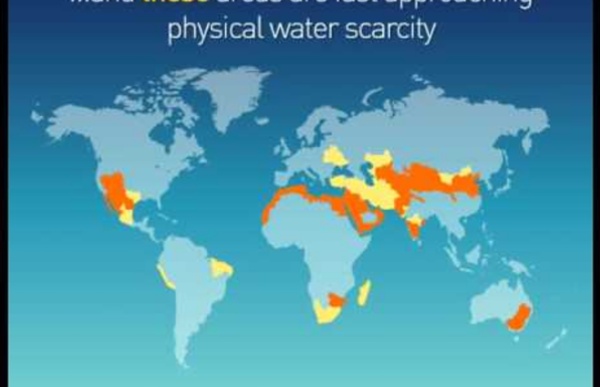



Diez motivos por los que los rusos sonríen tan poco He aquí algunas de las singularidades de la sonrisa rusa: 1. Sonrisa con la boca pequeña En Rusia, muchas veces la sonrisa no se hace sólo con los labios, sino que a veces se muestra ligeramente la parte superior de los dientes; enseñar los dientes superiores e inferiores al sonreír se considera vulgar; a esa sonrisa se la denomina “sonrisa de caballo”. 2. La sonrisa en la comunicación rusa no es una muestra de educación. 3. Los rusos no sonríen a los extraños. 4. No es costumbre en Rusia responder a una sonrisa con otra sonrisa. 5. Cuando los rusos sonríen indican una disposición particular hacia un individuo. 6. Los rusos no sonríen cuando están trabajando o haciendo algo serio. 7. Expresión de un excelente estado de ánimo o de una buena disposición hacia el interlocutor. En la comunicación rusa hay una regla: la sonrisa debe ser un reflejo sincero de buen humor y de buena relación. 8. Un ruso, para sonreír, debe tener una razón de peso que sea evidente para los otros. 9. 10.
16 Things You Need to Know Before Buying That Sweater | Fashion | Living 1. About 25 percent of the world’s wool comes from Australia. 2. 3. 4. 5. 6. 7. 8. 9. 10. 11. 12. 13. 14. 15. 16. Don’t support an industry that treats sheep as disposable and not as the smart, sensitive, dignified animals they are. Rothschild se hace con el 100% de una patente al desaparecer sus socios en el avión perdido. ¿Casualidad? | elsilenciodelaverdad Jacob Rothschild Cuatro días después de que el vuelo MH370 desapareciese, una patente de semiconductores fue aprobada por la oficina de patentes de EEUU, haciéndose Jacob Rothschild con el 100% de la misma. Cuatro de los cinco titulares de la patente son empleados chinos de Freescale Semiconductor, de Austin, Texas.La patente se divide en 20% incrementos entre cinco titulares.Estos son: Peidong Wang, Sozhou, China, Zhijun Chen, Suzhou, China, Zhijong Cheng. Suzhou, China y Li Ying, Suzhou, China Si el titular de la patente muere, entonces el resto de los titulares igualmente comparten los dividendos del fallecido si no se disputa en un testamento previo la muerte. Si 4 de 5 mueren, entonces el titular de la patente restante consigue el 100% de los derechos propietarios de la patente. El titular restante de la patente es Freescale Semiconductor que pertenece a Blackstone Inc. que a su vez pertenece a Jacob Rothschild. Los cuatro titulares chinos de la patente estaban en el avión desaparecido.
President Obama Speaks on Immigration Reform East Room THE PRESIDENT: Thank you very much. Please have a seat, everybody. This is not just an idea whose time has come; this is an idea whose time has been around for years now. Now, it’s no secret that the American people haven’t seen much out of Washington that they like these days. Even with the shutdown over, and the threat of default eliminated, Democrats and Republicans still have some really big disagreements -- there are some just fundamentally different views about how we should move forward on certain issues. We should be able to work together on a responsible budget that invests in the things that we need to grow our economy and create jobs even while we maintain fiscal discipline. Everybody knows that our current immigration system is broken. Now, the good news is, this year the Senate has already passed an immigration reform bill by a wide, bipartisan majority that addressed all of these issues. So it had all the component parts. I’m not running for office again.